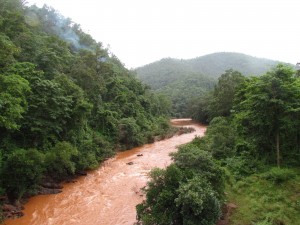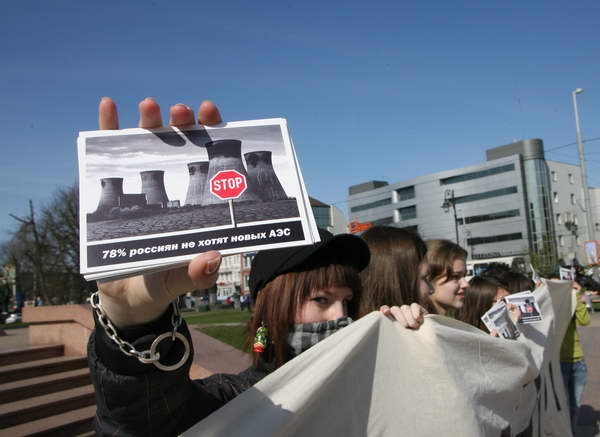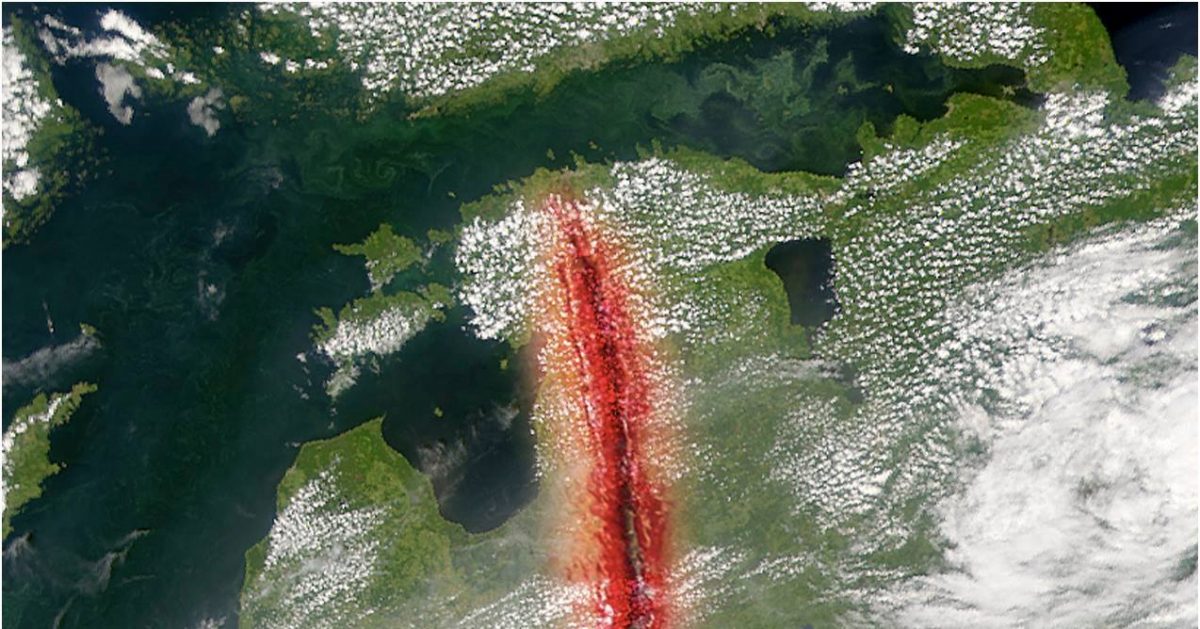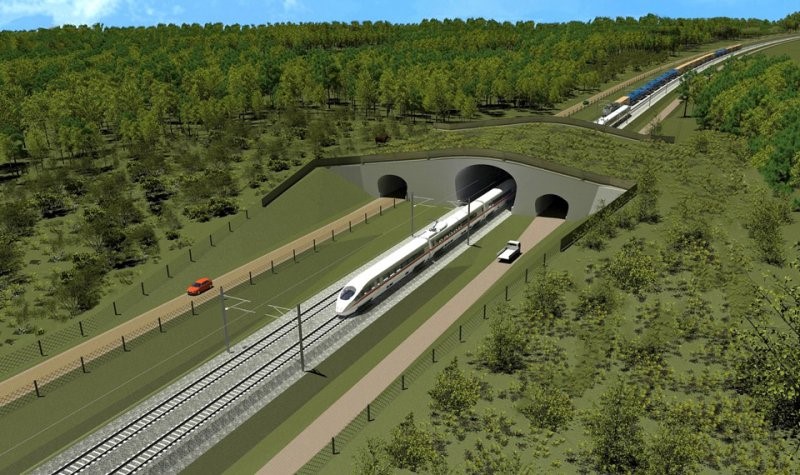Plans for establishing phosphorite mines in Estonia
Historically, phosphorite has been excavated in Estonia - Ülgase (1924 -1938) and Maardu underground mine (1940-1965). In Maardu the open-cast mine was opened in 1954, which was accompanied by several environmental problems - extensive destruction of ecosystems, water and air pollution, soil degradation. The biggest environmental problem was the self-firing of Dictyonium Argillite in the [...]









